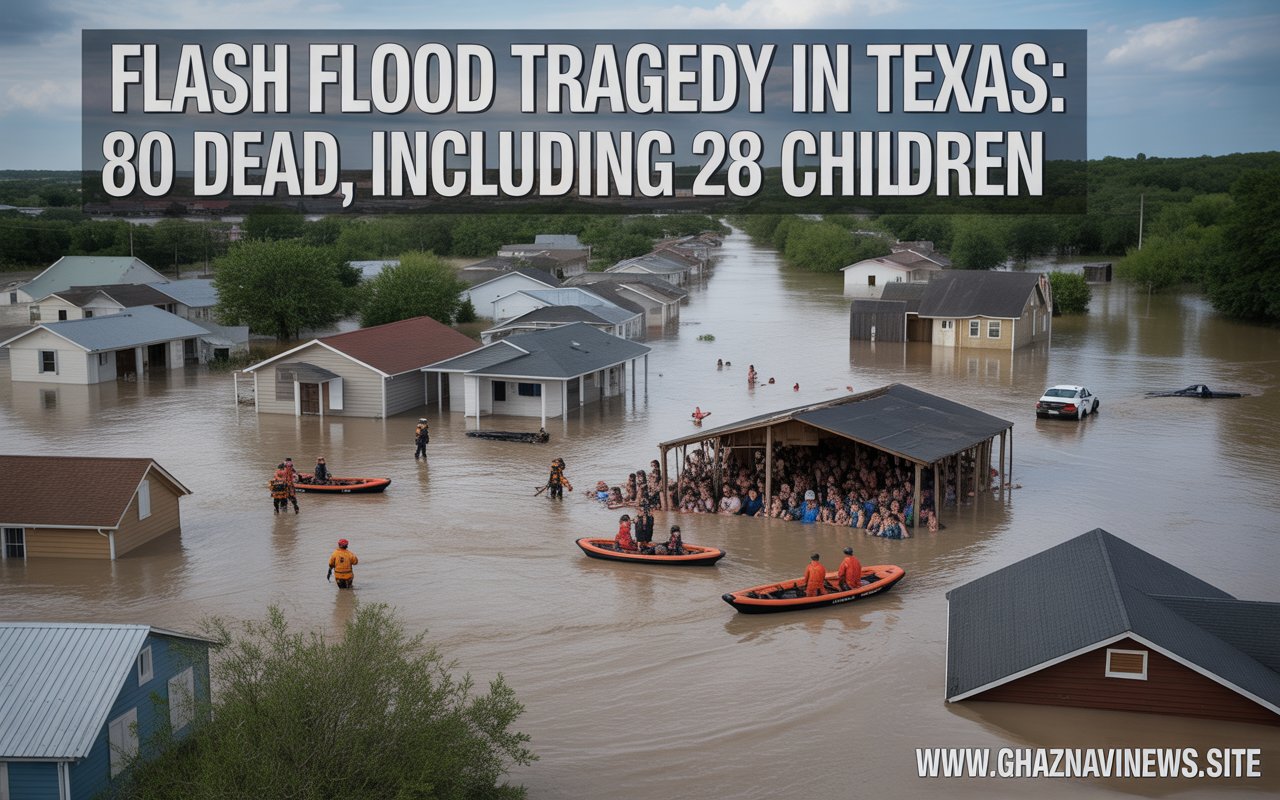
Devastating Texas Flash Floods Kill Nearly 80, Spark Questions Over Warnings
In a heartbreaking turn of events, nearly 80 people have died in the catastrophic flash Texas Flash Floods swept through parts of Central Texas, with dozens still missing and rescue operations ongoing. Among the victims are 28 children, many of whom perished when a girls’ summer camp was engulfed by the raging waters in Kerr County.
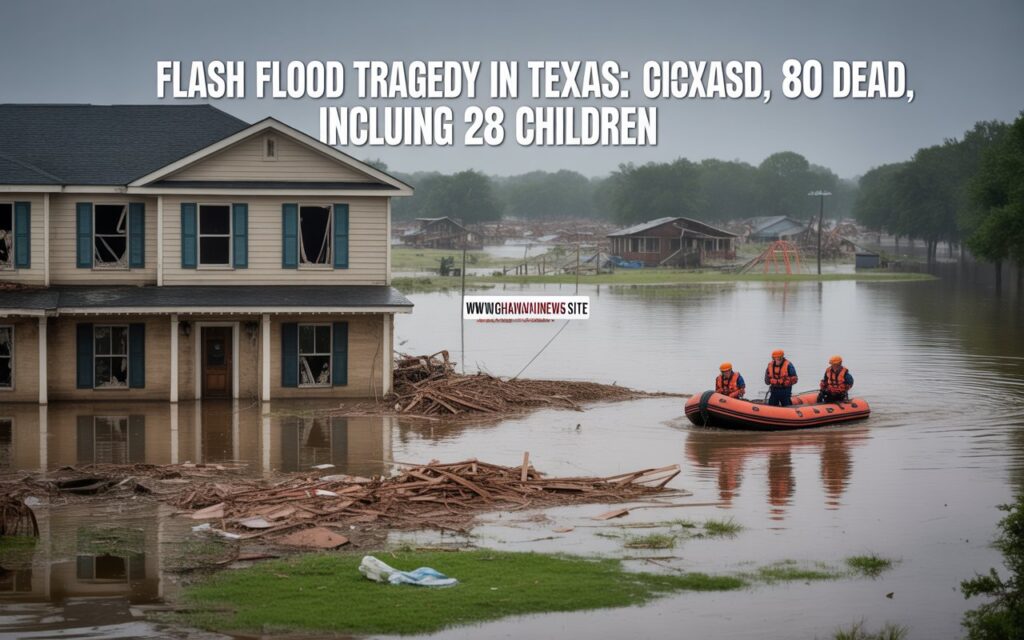
The deadly floods began late Thursday night and continued into early Friday morning. Meteorologists have confirmed that the area received months’ worth of rainfall in just a few hours, leading to a deluge that took residents by surprise.
Texas Flash Floods
Authorities fear the death toll may rise as more bodies are recovered from the debris and floodwaters. The Guadalupe River rose over 26 feet in just 45 minutes, an alarming surge that overwhelmed communities before most residents could react.
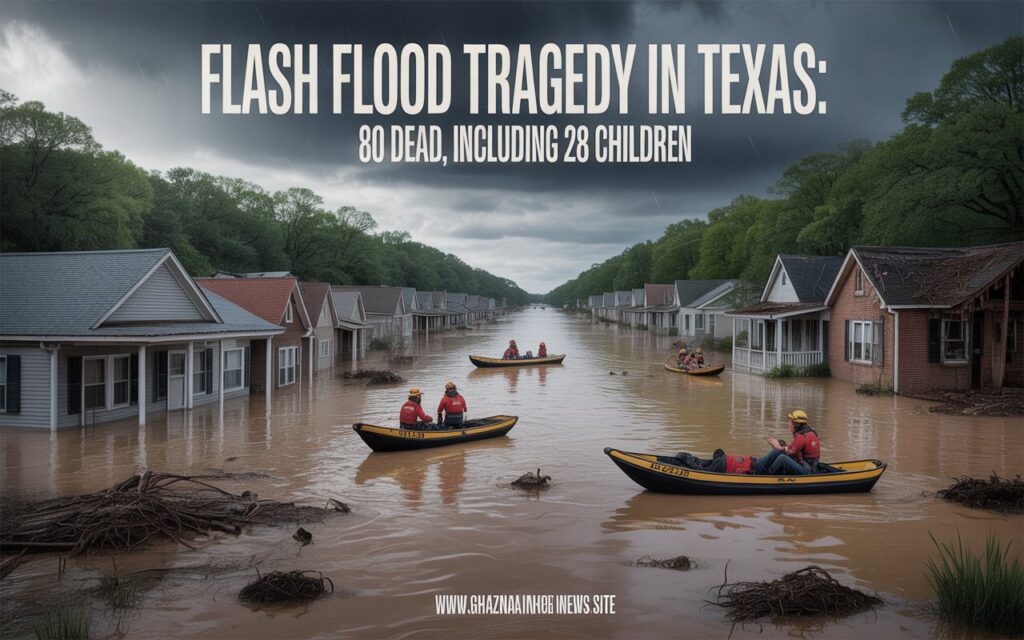
Were There Enough Warnings?
While the Texas Division of Emergency Management (TDEM) activated flood-response protocols on Wednesday, and the National Weather Service (NWS) issued a flood watch on Thursday afternoon, critics argue that alerts were either too late or ineffective.
Kerr County’s highest elected official, Judge Rob Kelly, told CBS News, “We had no reason to believe it would turn into what it did. Nothing pointed to this level of disaster.”
Timeline of Flood Warnings
- Wednesday (July 3): TDEM alerts issued for western and central Texas.
- Thursday (July 4, Afternoon): NWS issues a general flood watch.
- Friday (July 5, 01:14 AM): Flood warning issued for Kerr County.
- Friday (04:03 AM): Flash flood emergency alert sent.
- Friday (05:34 AM): Additional warning for Guadalupe River breach.
Despite these warnings, questions remain about their effectiveness. Many residents in low-signal areas reportedly never received alerts, while others said they dismissed the warnings, assuming it was another routine weather advisory.
Texas Flash Floods
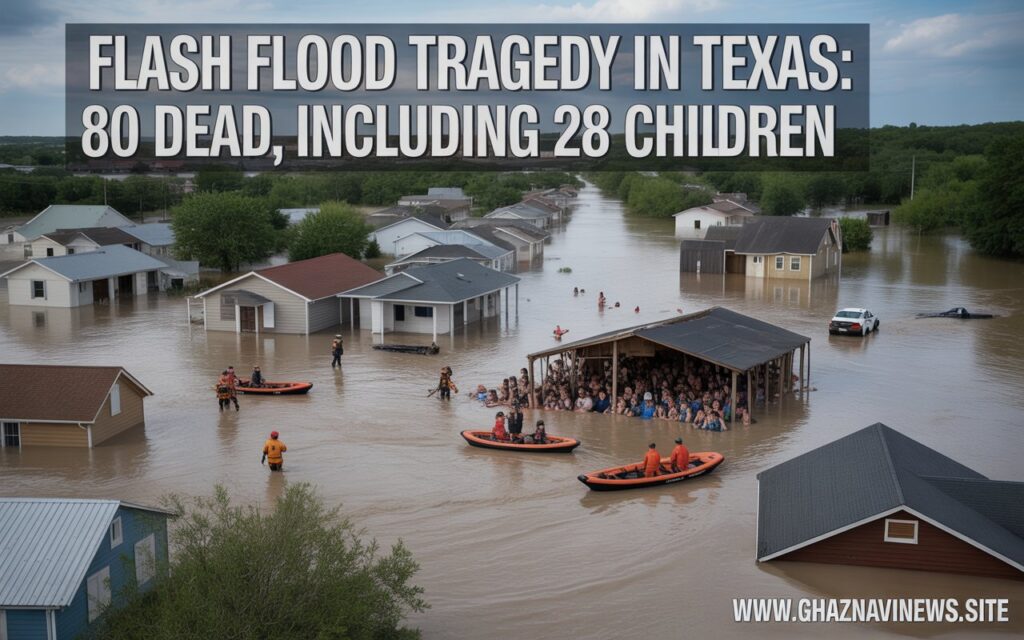
Lack of Infrastructure and Early Detection Systems
Judge Kelly admitted that Kerr County lacks an official flood alert system, citing cost as the main barrier. Plans to install storm sirens or river-based alert mechanisms were reviewed six years ago but never implemented due to budget constraints.
By the time rescue crews arrived Friday morning, whole communities were underwater, and emergency responders struggled to reach the most affected areas.
Federal and State Response
Texas Governor Greg Abbott acknowledged the tragedy, stating: “No one could’ve expected a 30-foot wall of water.” Emergency agencies, including FEMA, have now been mobilized to assist in relief and recovery.
However, the National Weather Service has defended its actions, pointing to early flood alerts and coordination briefings issued well before the storm’s peak. “We are devastated by the loss of life in Kerr County,” said an NWS spokesperson. “But we provided more than three hours of lead time on critical warnings.”
Staffing and Budget Cuts Under Scrutiny
Experts have raised alarms about whether staff shortages and budget cuts at the National Oceanic and Atmospheric Administration (NOAA) and NWS may have hampered response times and coordination.
According to internal reports, key forecasting roles in the region were left unfilled during the critical hours. Former officials cited Trump-era budget reductions and a decrease in weather balloon launches—used to track humidity and pressure in storm systems—as contributors to declining forecasting accuracy.
Still, Tom Fahey, a legislative director for the NWS Employees Organization, defended the agency, telling NBC News that local weather offices were fully staffed and issued timely warnings.
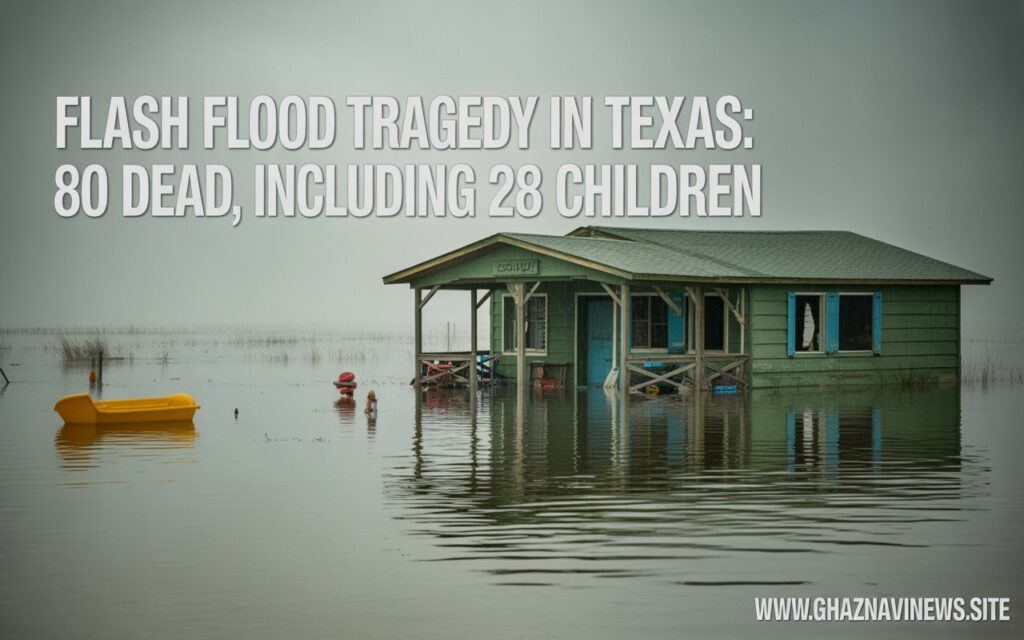
Devastation at Girls’ Camp Sparks National Attention
One of the most tragic elements of the flood involved a girls’ summer camp in Kerr County. The fast-rising water swept through the site, killing several children and stranding others on rooftops and trees. Survivors have described the ordeal as “horrific” and “apocalyptic.”
Dalton Rice, a local city manager, noted that by the time he realized the danger, it was nearly too late. “At 3:30 a.m., there was light rain. By 5:20, water had risen so high we could barely escape the park.”
Conclusion
As Texas mourns, many are left wondering whether better preparation, faster alerts, or more robust infrastructure could have prevented this disaster. For now, families grieve, rescue efforts continue, and officials face a growing chorus demanding accountability.
Table of Contents
How many people died in the Texas flash floods of July 2025?
Nearly 80 people lost their lives in the devastating flash floods that hit Central Texas. Among them were at least 28 children, and the number may rise as search and rescue operations continue.
What caused the sudden flooding in Kerr County?
The flooding was triggered by extremely heavy rainfall—several months’ worth falling in just a few hours. The Guadalupe River rose over 26 feet in under an hour, breaching its banks and flooding nearby areas.
Were there any warnings before the flash floods?
Yes, the National Weather Service (NWS) issued flood watches and warnings starting the afternoon before the flood. However, many residents did not receive or act on these warnings due to poor cellphone coverage or alert fatigue.










[…] Texas Flash Floods […]
[…] Read More […]